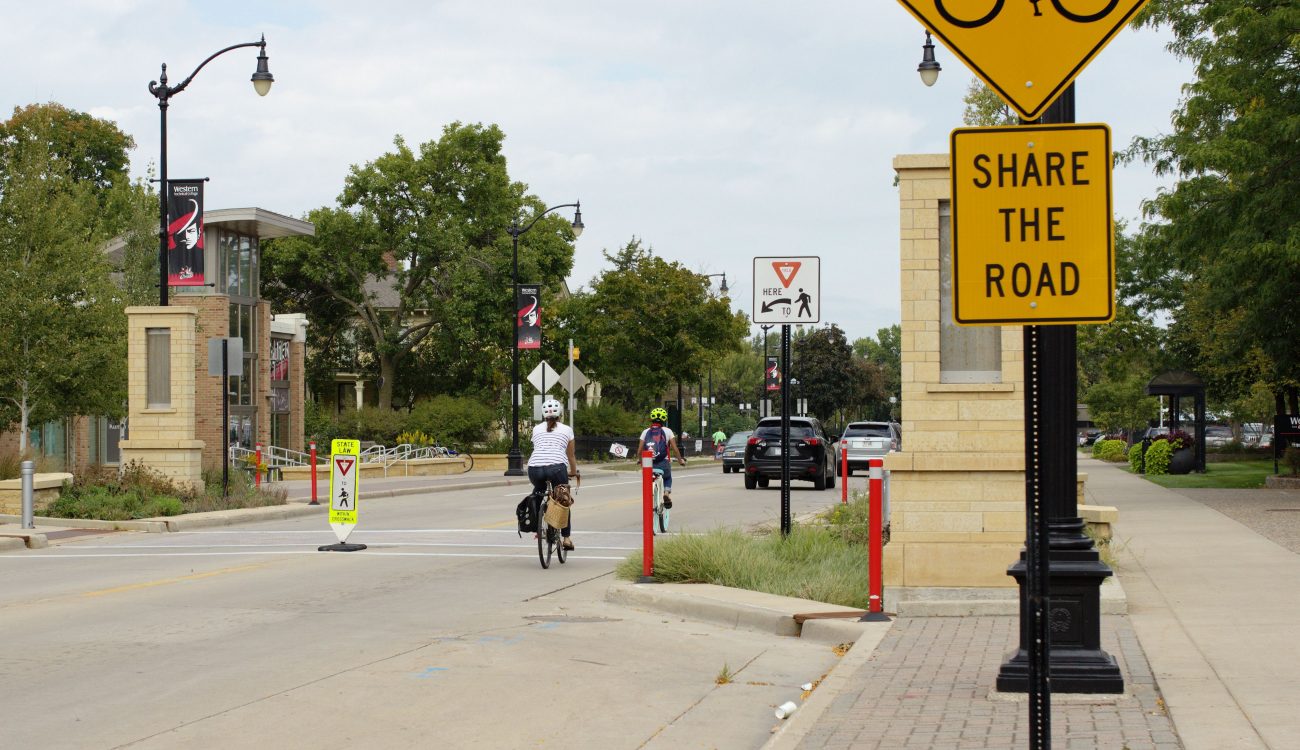
Teen drivers should have to pass test in person.
We need to keep the requirements strict for teenagers to obtain a driver’s license, including the completion of the behind the wheel test, and increase education of all new drivers on vulnerable users.
As the parent of two 17-year-olds anxiously awaiting the chance to get their driver’s licenses, the closure of the DMV due to the Coronavirus has been a much-discussed topic. According to officials at the Wisconsin DOT, as many as 16,000 students are in the same situation prompting the agency to initiate a pilot program waiving the driving test requirement for teenagers.
The DMV typically conducts approximately 2,100 road tests per week. Nearly 65 percent of these tests are for people under the age of 18, with 98 percent passing their road test on their first or second attempt. DMV administrator Kristina Boardman stressed that, for 16-17 year olds the 15 minute driving test is only “a small part of the process” of getting a license. Those under 18 who are seeking a license must still:
- hold an Instruction Permit (also known as a Learners Permit) violation free for at least six months prior to testing
- have completed driver education classes
- have completed behind-the-wheel training with a licensed instructor
- have completed at least 30 hours of driving with their parent/sponsor and their sponsor must sign the road test waiver
This sentiment may make me unpopular – even in my own home – but we need to keep the requirements strict for teenagers to obtain a driver’s license, including the completion of the behind the wheel test. The Wisconsin DOT has emphasized that waiving the driving test is the prerogative of parents. For those who choose to have their teens take a road test, the DMV is currently accepting appointments for behind the wheel tests, which will resume on May 26th.
Wisconsin is the second state to allow new drivers to obtain a license without a road test – with Georgia waiving the requirement last month. More troubling than the road test waiver, Georgia – along with 27 other states – has never required anyone to take drivers’ education!
“As parents and as advocates, we know putting a teen behind the wheel means putting them in a position to make snap decisions that have real impacts — not just for themselves but for people around them, including people walking, biking, scooting, in wheelchairs as well as driving,”
Rebecca Serna, executive director of the Atlanta Bicycle Coalition in Streetsblog USA
Recently, the League of American Bicyclists reached out to every state to learn more about their driver manuals, driver education curriculum and licensing exams. What they learned is that many states do not teach drivers about safety issues facing people biking – and the cycling-related content that is in the driver education curriculum is out of date. For example:
- Basic roadway markings related to bicycling, such as bike lanes, were not discussed in 24% of state driver manuals.
- Concepts such as “dooring,” the danger of hitting a person biking when you open a car door, were minimally addressed in a way that may not include the danger to a bicyclist in around 80% of states.
- Newer concepts, such as education on crash warning systems, were missing in 90% of curricula according to our survey results, even though they are included in national standards.
Since 2013, Ride Illinois has used an online learning tool called the BikeSafetyQuiz (BSQ) to reinforce (state-approved) bicyclist and motorist education through interactive, quiz-based lessons. Over half of the 100,000 people who have completed the BSQ are drivers education students – thanks to a non motorized safety grant from the Illinois Department of Transportation. Ride Illinois reimburses high schools $2 per student in drivers education who complete the BikeSafetyQuiz, alleviating some of the cost of offering drivers ed in school.
Our state spends $31 million in Highway Safety Improvement (HSIP) funds to reduce motor vehicle crashes but only $50,000 on bicycling and walking despite the fact that people killed walking and bicycling make up 11% of all fatal crashes involving motor vehicles. Wisconsin has not met its goals relating to the non motorized fatalities and serious injuries. The Bike Fed would like to see a return to state-funded safety education programs in Wisconsin – with matching funds provided from local communities. Programs like Ride Illinois’ BSQ, that can help defer the cost of offering drivers education for local schools, are a great model!

Data: 2018 Wisconsin HSIP Report
I urge other parents to join me in requiring their teens to complete the behind the wheel driving test as an important rite of passage.